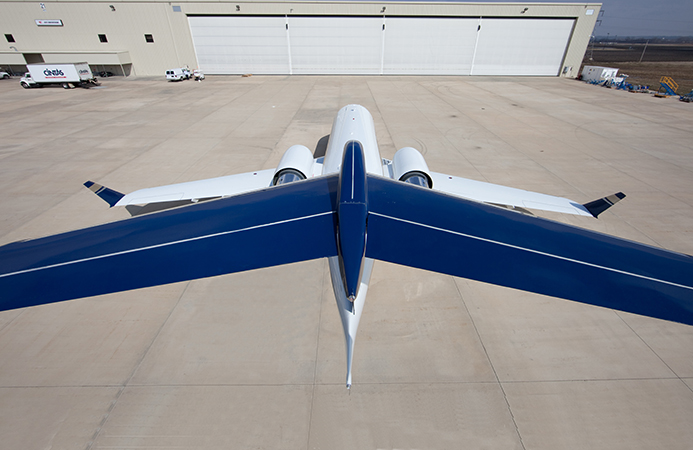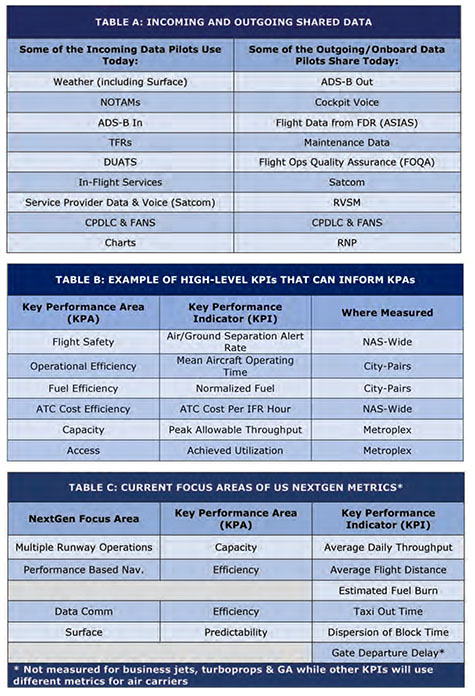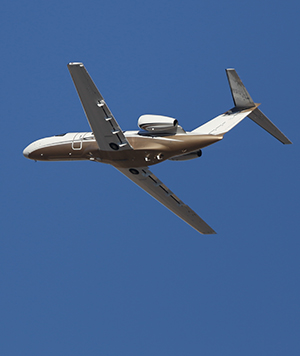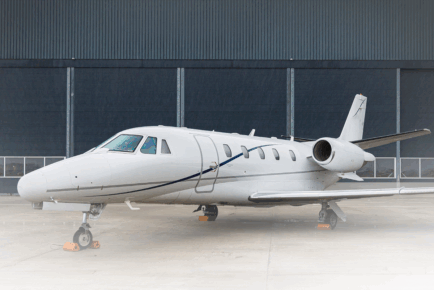
AvBuyer Magazine, October 2015
by Ken Elliott
Helping you understand avionics advances and related requirements for equipage, Ken Elliott reviews aviation technologies within the NextGen/SESAR architecture for AvBuyer, this month focusing on data to inform.
Nature seems to have a way of moving forward in its evolution by deliberately imprinting a certain amount of unpredictability into its design. If you have ever studied Nature’s most perfect creations, you will notice imperfections that support this hypothesis. These apparent anomalies possibly trigger building blocks of natural selection. Unfortunately, even though an integral part of Nature, humankind has not quite grasped this characteristic of natural phenomena and continues to strive for the ultimate in perfection in all of its activity.
So, as we slowly understand and attempt to perfect the world around us, we continue to grapple with the unpredictability of the natural world. For aviation, there is the inability to reliably predict both weather and the fluctuating dynamics of four-dimensional airspace. For ground transportation, dealing with movement across the earth’s two dimensional surface and adding a third dimension for time, is one challenge. But for aviation, dealing with three dimensional airspace and adding time as a fourth, is quite another.
 We can best deal with unpredictable weather and the complex multi-dimensional aspects of airspace by collecting, analyzing and interpreting data. For pilots alone, aircraft already receive and send volumes of data covering everyday flight (see Table A).
We can best deal with unpredictable weather and the complex multi-dimensional aspects of airspace by collecting, analyzing and interpreting data. For pilots alone, aircraft already receive and send volumes of data covering everyday flight (see Table A).
Fundamentally NextGen technologies, including the mandates we have been covering in AvBuyer, focus on the weather and airspace challenges.
Data provide information in Key Performance Indicators (KPIs) that inform Key Performance Areas (KPAs). These are measurements or metrics. So while we have a wide spectrum of inbound and outbound information from an aircraft, some of it can be used to create and inform metrics.
Metrics provide insight to air traffic controllers, regulators, operators and the general public (as both users and taxpayers). All these parties are stakeholders in the National Airspace System (NAS).
For air carriers, the desired metric outcomes are predictability, efficiency and (by default) cost. Most important for operators of business jets and turboprops is the ability to perform and complete a flight as filed (which presumes access to airspace), while predictability, efficiency and cost metrics are of a high priority.
Aligned with, and including these priorities are a series of KPIs and KPAs used by ICAO, FAA and other aeronautical agencies to inform their program implementations. The full list is extensive but Table B provides an example.
Tied specifically to the current focus of the FAA’s NextGen program are a set of metrics prioritized to monitor short- to medium-term implementations. This set is shown in Table C.
Air carriers have been collecting, analyzing and interpreting statistics for a number of years, primarily through Aircraft Communication Address and Reporting System (ACARS). This legacy data protocol is OOOI-based (Out/Off/On/In). More detailed and diagnostic data, from flight data acquisition units, are providing valuable safety-related information to inform the flight safety metric.
These reports, once desensitized by MITRE, are shared with FAA via the Aviation Safety Information Analysis and Sharing (ASIAS) program. This is also known to Congress as the Aviation Safety Action Program (ASAP) and Flight Operational Quality Assurance (FOQA) Implementation Plan. For corporate operators there is C-F0QA, with a number of users embracing the program as part of their Safety Management System (SMS) requirement.
Data Collection
For business jet and turboprop data, metrics and outcomes may be very useful to owners, shareholders and CFOs of companies that operate business aircraft. Information provided can inform decisions on day-to-day operations, aircraft replacement, upgrade, utilization and flight department efficiency.
While air carriers share statistics beyond their internal audience, they prudently do so via a firewall. Each item of data provided to a third party is de-identified for sensitive information such as registration number, pilot details and more. Sharing of critical information, both internal and external, is a sensitive matter, but methods exits to ensure security and identity protection.
Non air carriers currently share information on a very limited basis. The Flight Safety Foundation’s (FSF) and NBAA’s Business Aviation Safety Summit (BASS), recently focused on the importance of data sharing and analysis. Apparently, the ASIAS program has recruited 12 corporate flight department members and is looking for more participants to include Corporate Aviation within the same analysis strategies that have helped to reduce the air carrier accident rate.
In March 2015, NetJets donated funds to Ohio State University, part of which is to be used for research involving the integration of data analytics with aviation operations to develop new concepts that will improve safety, accessibility and sustainability.
Momentum and interest is gaining in the Corporate Aviation environment to collect flight information as a productive business practice. If involving ‘no harm’ and minimal effort, operators may share de-identified versions of insightful data to FAA and others, who in return can improve ATC, aviation services, NAS performance and of course safety.
Proposed FAA limits at the big three New York area airports are a concern for corporate operators. Their representatives at NBAA and NATA believe that justification for the per hour slot limits affecting unscheduled traffic at each airport is not based on industry data. Teterboro is normally the airport of choice for corporate operators in the New York Metroplex but occasionally unscheduled flights do need to land at one of the big three airports. Corporate Aviation and their representatives should have the data to support their positions on these types of NAS issues, but they need operators and others to assist.
 Methods for the Acquisition of US NAS Data
Methods for the Acquisition of US NAS Data
US NAS data are acquired and processed for FAA by NASA, MITRE and others. Some of this information is accessible and much is for internal consumption. The FAA in turn shares a significant amount of airspace statistics via the FAA Data Access System. Much of this shared data is focused on air carrier activity, but buried within is useful non-air carrier intelligence.
FAA Database Access Systems are as follows:
• Aviation System Performance Metrics (ASPM)
• Operational Network (OPSNET)
• Traffic Flow Management System Counts (TFMSC)
• Airline Service Quality Performance (ASQP)
• Terminal Area Forecast (TAF)
• Business Jet Reports.
Data, for business jets and turboprops, are broadly centered on operations categories, aircraft types, activity by airport and fuel use. It is accessed by a number of non-government data miners, and along with information from other sources, can contribute to very informative statistics. Significantly and surprisingly, these analytics can be revealing for aircraft trading (see ARGUS’s TRAQPak for example).
Companies such as FlightAware, masFlight-GEE, Flightglobal and PASSUR provide (via the Cloud) analysis and extensive flight tracking information useful to operators of business jets and turboprops.
For aviation weather sources, it is recommended (in the US at least) to deep dive into what is provided by reading FAA AC 00-45G Change 2 (2014). This document provides all the FAA, NOAA and associated sources for aviation weather, as well as over 400 pages of useful weather-related data.
Similar weather and other aircraft performance sources can be found internationally, utilizing standard ICAO terminology.
Lastly, it is recommended to spend a few minutes reviewing the FAA NextGen Performance Snapshots website. Here may be found a wealth of data-derived information, regarding the NAS and its various users.
Next month, Ken Elliott will conclude this assessment of valuable data sources and applications.
Are you looking for more articles on avionics? Visit www.avbuyer.com/articles/category/business-aviation-avionics/
❯ Ken Elliott is a highly-respected industry authority on avionics as a member of the NextGen Advisory Council sub-committee and Technical Director, Avionics at Jetcraft. Contact Ken via [email protected] or www.www.jetcraft.com.
This article was written by Ken Elliott, Jetcraft Avionics – Technical Director, for AvBuyer Magazine. It was published in the October 2015 issue. Click here to view the Digital issue of the October AvBuyer or to view Archived editions.
SIGN UP FOR OUR MONTHLY JETSTREAM RECAP
Don't miss future Jetstream articles. Sign up for our Jetcraft News mailing list to receive a monthly eblast with links to our latest articles. Click to join the 1,800+ subscribers on our mailing list.





